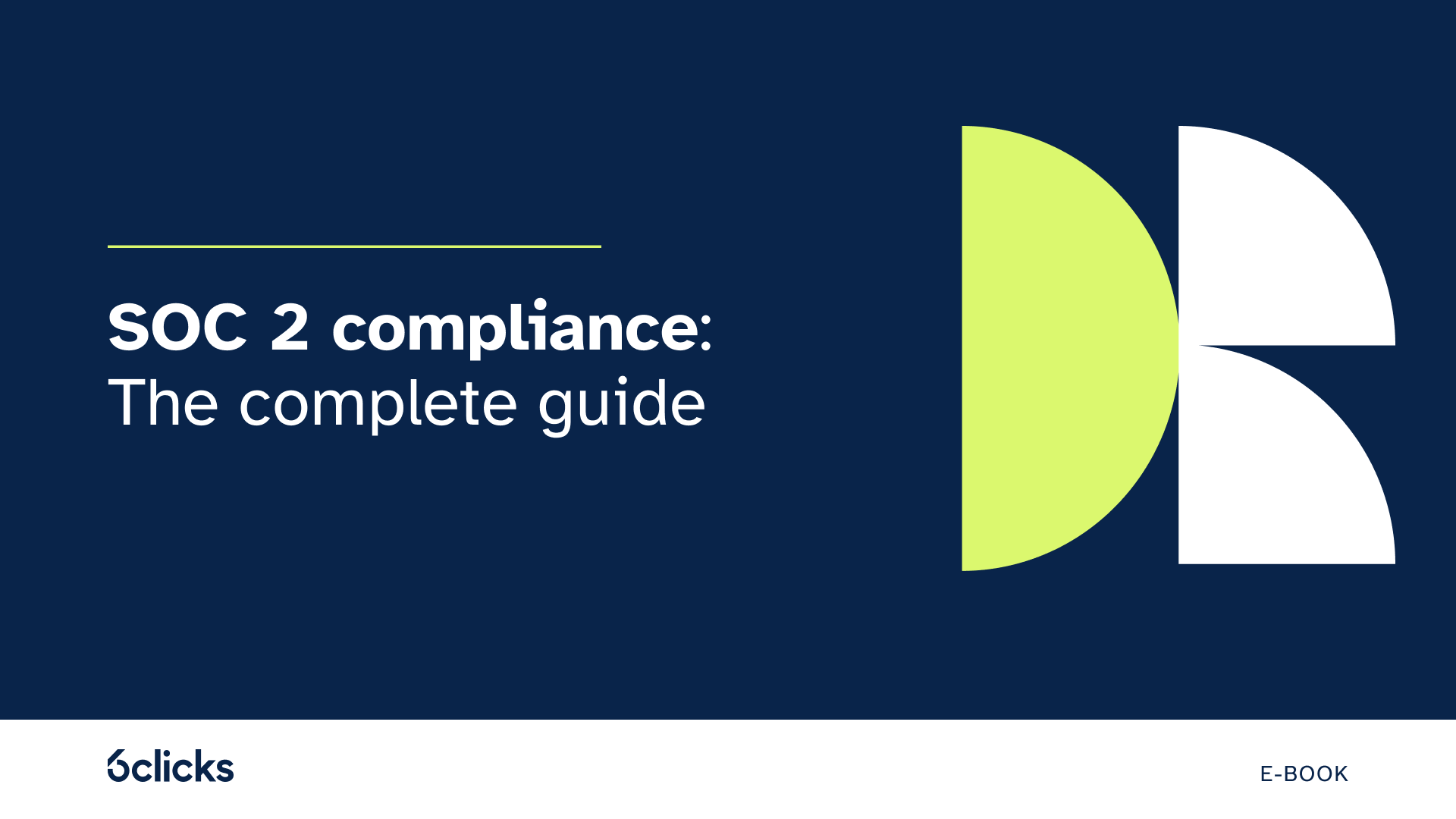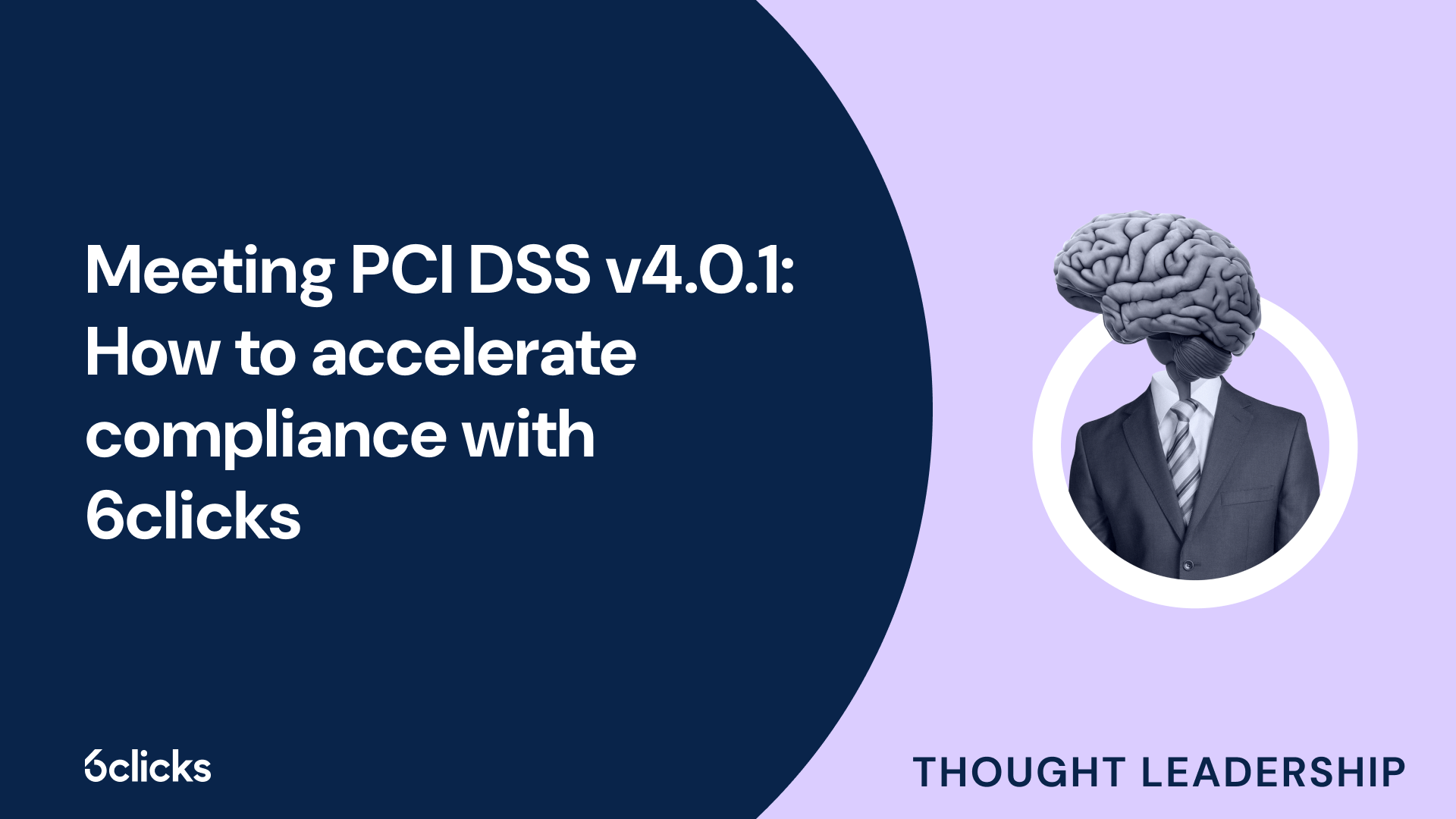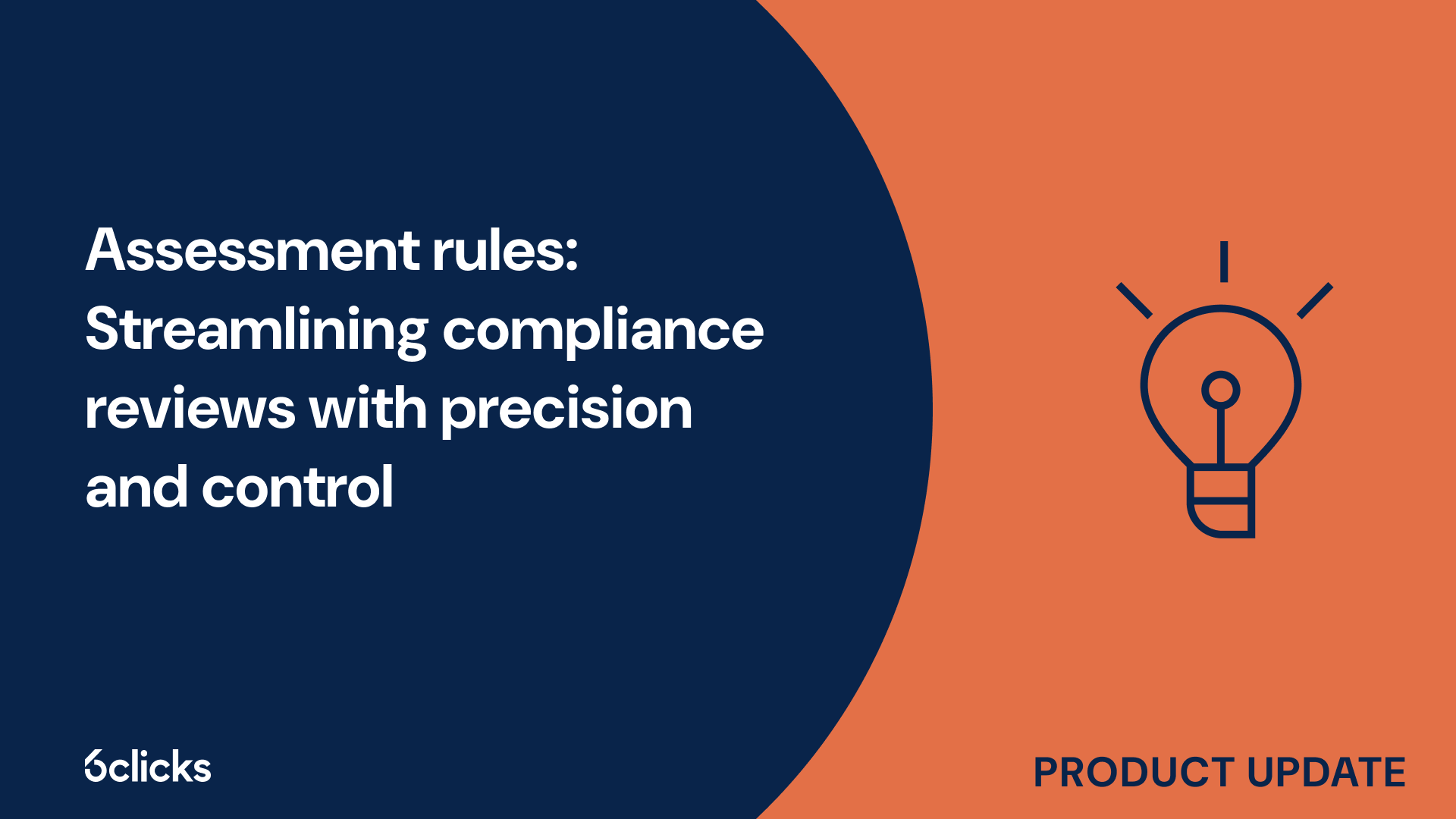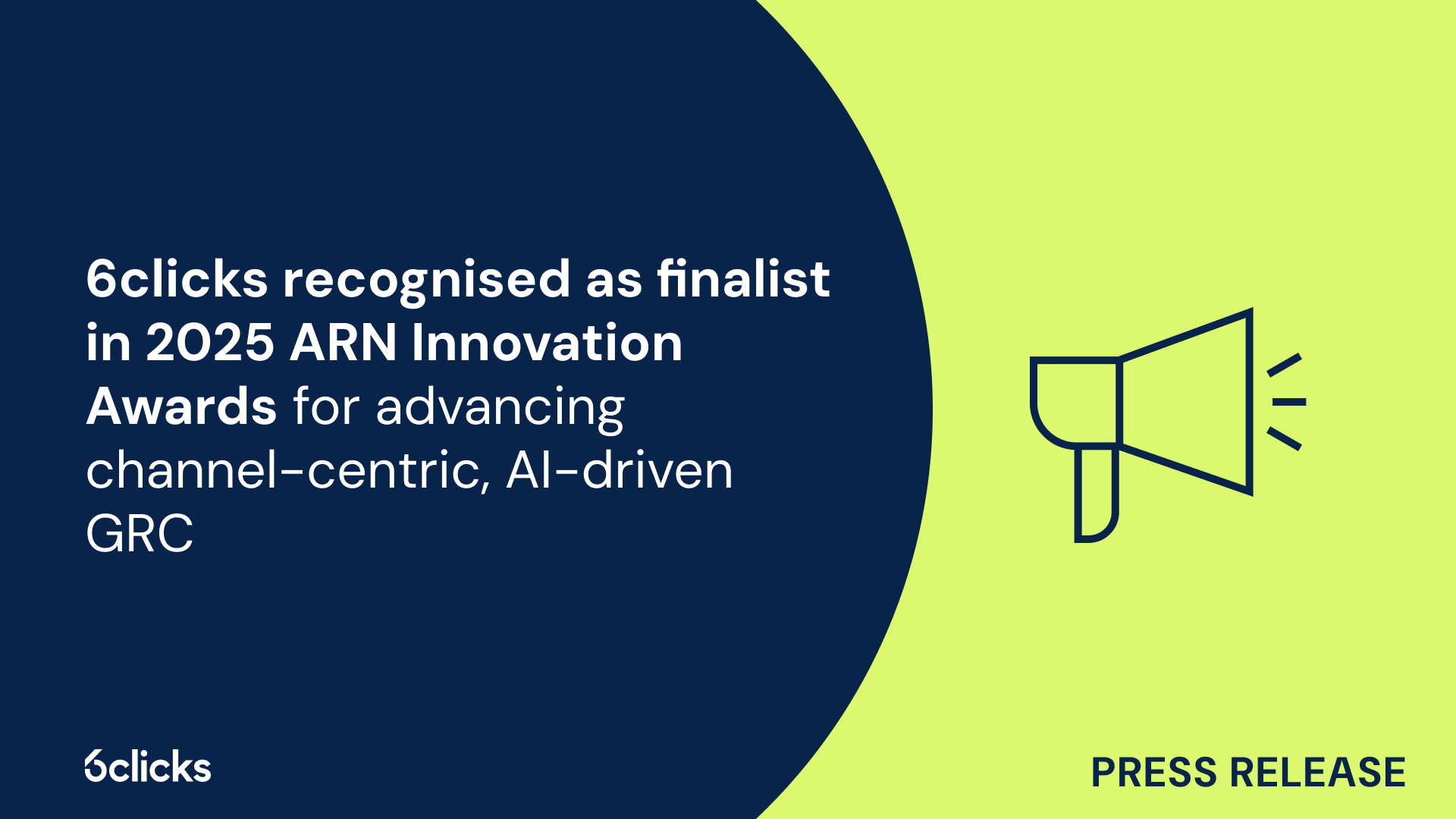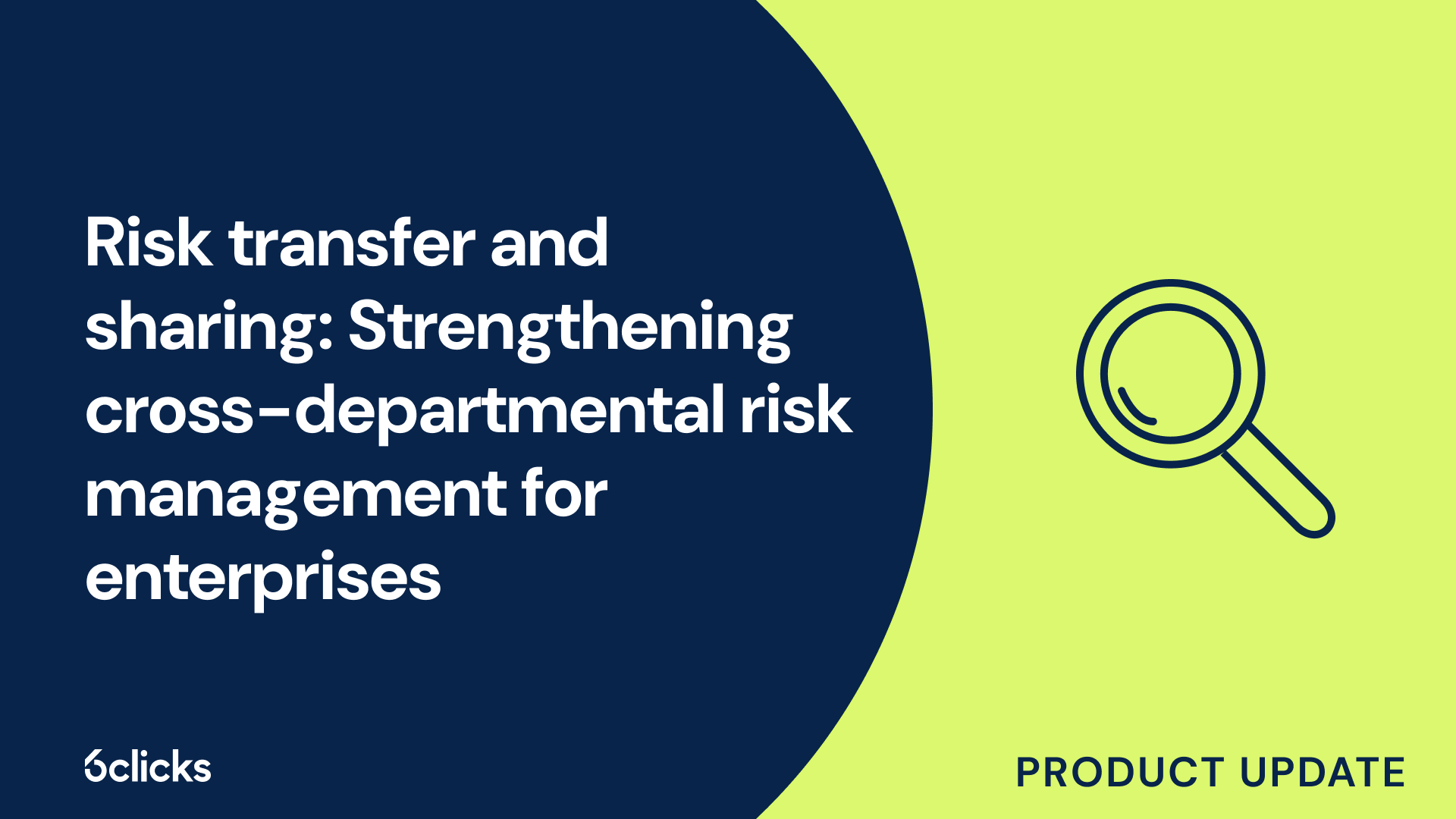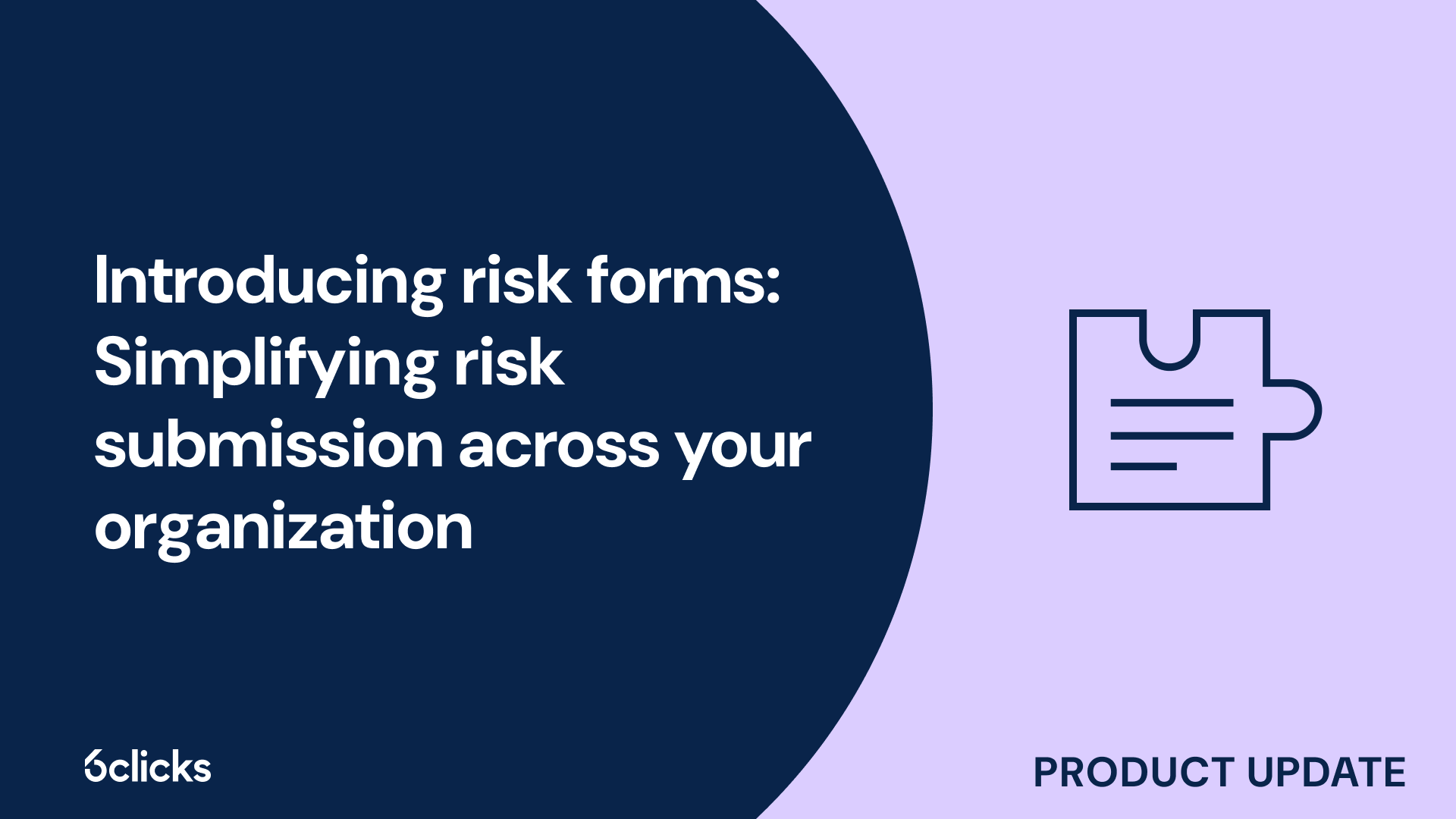Cyber resilience with NIST CSF in 2025
Master cyber resilience in 2025 with this expert guide to the NIST Cybersecurity Framework. Learn how to assess risk, improve security posture, and automate compliance with AI-powered solutions from 6clicks.
-1.png?width=200&height=249&name=Group%20193%20(1)-1.png)
Cyber resilience with NIST CSF in 2025
Why is the 'Recover' function crucial for business continuity?
TL;DR: The Recover function ensures that organizations can restore operations and services after a cybersecurity incident—minimizing downtime, learning from disruption, and strengthening future resilience.
As detailed in the 6clicks guide Cyber Resilience in 2025: Your Smart Guide to NIST CSF, the Recover function is the final—and often most overlooked—pillar of the NIST Cybersecurity Framework. It addresses what happens after an incident: how fast you bounce back, how you communicate, and how you improve.
In today’s threat landscape, where ransomware, supply chain attacks, and cloud outages are common, recovery planning is a business-critical investment, not just an IT concern.
Key categories within the Recover function
-
Recovery Planning (RC.RP)
Develop, maintain, and execute restoration plans aligned with business priorities. -
Improvements (RC.IM)
Incorporate lessons learned into planning, protection, and detection processes. -
Communications (RC.CO)
Coordinate recovery status with stakeholders, customers, regulators, and the media.
Why recovery matters in cybersecurity
-
Reduces business disruption
The faster systems are restored, the lower the operational, reputational, and financial impact. -
Builds trust
Timely recovery shows customers and partners that you can manage crises with transparency and control. -
Closes the loop
Recovery feeds into the next cycle of planning, enhancing long-term resilience. -
Satisfies regulators and insurers
A documented, tested recovery process is a key requirement for frameworks like ISO 27001, APRA CPS 234, and business continuity certifications.
Recovery isn’t just about restoring systems—it’s about restoring confidence.
Need help preparing for post-incident recovery and resilience?
Book a demo with 6clicks today to see how our platform supports recovery planning, impact analysis, stakeholder communication, and continuous improvement—all aligned with the NIST CSF Recover function.




